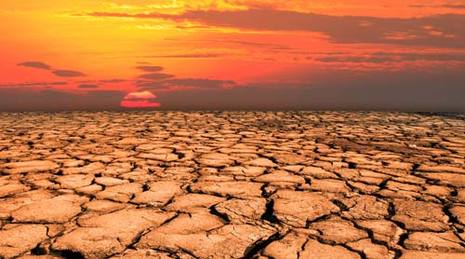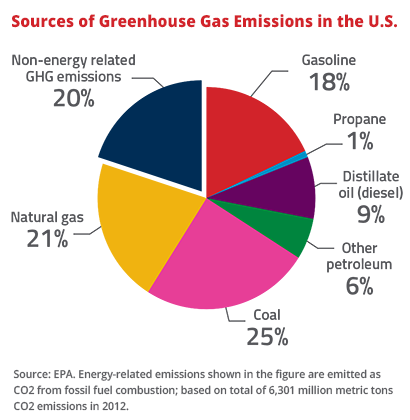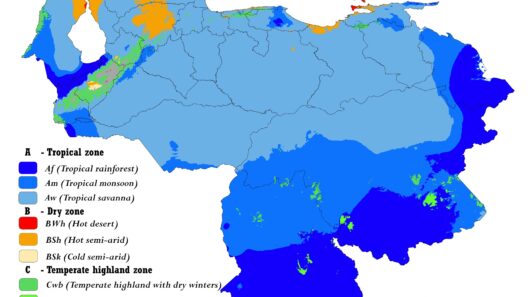What’s the desert climate like? Hot, dry, and full of surprises. Imagine a land where the sun reigns supreme, a relentless overseer of the parched earth below. With wide stretches of sand and gravel, this stark yet beautiful environment becomes a canvas of extremes. As we traverse its relentless terrain, we must embrace both its wonders and challenges. While the idea of a desert may conjure images of desolation, it actually teems with life and resilience, presenting a multitude of questions for the environmentally conscious person.
To understand the desert climate, one must first embrace the fundamental characteristics that define it. Deserts are often identified by their low annual precipitation, which typically measures less than 10 inches. This scarcity gives rise to a limiting factor affecting all forms of life within these extraordinary ecosystems. But one could ask: if water is so scarce, how do so many organisms adapt and thrive? This conundrum leads us to explore the various survival mechanisms that flora and fauna exhibit in such inhospitable environments.
Plants such as cacti and succulents are iconic representatives of desert life. They have evolved remarkable adaptations to survive the lack of water. For instance, the ability to store water in their thick, fleshy tissues allows them to endure prolonged dry spells. Their spines, modified leaves, reduce water loss by minimizing the surface area exposed to the sun. Furthermore, these plants often employ a unique photosynthesis process known as CAM (Crassulacean Acid Metabolism), allowing them to open their stomata at night instead of during the scorching daytime. This adjustment minimizes evaporation—a brilliant example of nature’s ingenuity in the face of adversity.
Moreover, animal life in deserts often exhibits equally fascinating adaptations. Take the case of the fennec fox, known for its enormous ears that dissipate heat and aid in thermoregulation. Similarly, many desert-dwelling animals are nocturnal, evading the punishing sun during the day. These creatures have mastered the art of finding hydration, often deriving water from the food they consume. A potential challenge arises here: as temperatures rise due to climate change, how will these adaptations hold up against increasingly extreme conditions? Will their ingenious strategies be sufficient to contend with a rapidly shifting climate?
The annual temperature fluctuation in deserts is another notable aspect of their climate. While daytime temperatures can soar above 100°F, nights may drop to a chilly 40°F or lower. This severe diurnal temperature range poses yet another obstacle for life in the desert. Creatures must not only adapt their behavior and biology for survival but also navigate the daily transitions that can be both harsh and unpredictable.
This dichotomy of heat and cold extends to geomorphological features as well. Sand dunes, salt flats, rocky plateaus, and dry lake beds all shape the diverse landscapes of deserts. Erosion creates dramatic formations, revealing the intricate interplay of wind and water. Despite the apparent uniformity of a desert, these features contribute to a surprisingly rich biodiversity. One must consider the challenge of preserving these unique environments amidst threats like urban encroachment and resource extraction. Protecting desert ecosystems is paramount to ensuring that their secrets remain uncovered.
Moreover, human interaction with desert landscapes has become increasingly complex. On one hand, these regions provide sources of renewable energy, such as solar farms, that harness the abundant sunlight. On the other, the push for development can lead to habitat fragmentation and degradation, threatening both wildlife and indigenous cultures that have thrived in harmony with their surroundings. The question emerges: can we balance our energy needs with the preservation of these delicate ecosystems? As more people migrate to arid regions seeking opportunity, the stakes become ever higher.
Dust storms are a particularly alarming phenomenon often witnessed in desert climates. These wind-driven displays of nature’s fury can obscure visibility and affect air quality, creating health risks for those who inhabit or traverse these spaces. Such storms raise a crucial query: how can we adequately prepare for and respond to the effects of dust storms in the context of environmental policy and public health? It highlights the need for collaborative efforts to develop robust plans that encompass disaster readiness and ecosystem preservation.
Interestingly, despite their harsh climates, deserts often surprise observers with flashes of color and life. For instance, ephemeral wildflowers bloom dramatically after rare rainfalls, transforming stretches of sand into vibrant carpets of color. This fleeting beauty serves as a poignant reminder of resilience, prompting us to rethink our perceptions of deserts as barren wastelands. In recognizing their capacity for regeneration, we gain insights into the intricate balance that sustains these ecosystems.
As we ponder the intricacies of desert climates, it becomes evident that hot, dry environments are not merely arid spaces marked by shortage and desolation. They are dynamic systems alive with complexity, interdependence, and adaptability. The existence of life in such extreme conditions underscores the astonishing versatility of nature. As we stand witness to Earth’s fragile ecosystems, we must ask ourselves what steps we are willing to take to safeguard these unique environments. How will we foster a sustainable coexistence between humanity and the unforgiving yet mesmerizing desert landscape? As the climate changes, this inquiry becomes crucial in fostering a future where deserts continue to inspire and thrive, rather than diminish.






